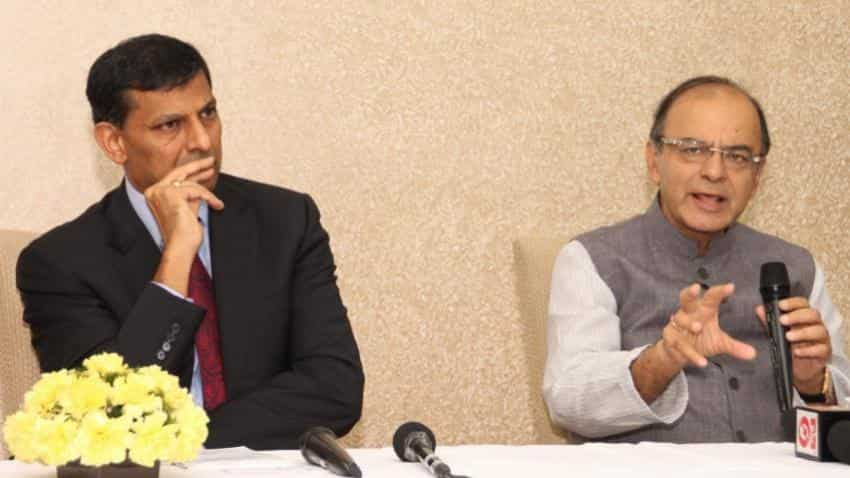A strange thing happened this week. Arun Jaitley, India’s finance minister, spoke out against the high interest rates charged by banks.
Jaitley noted high returns on savings deposits as one of the key reasons for borrowing rates being high, which in turn is hurting investment growth.
The minister has been quoted on several occasions, asking the Reserve Bank of India (RBI) to bring down interest rates in order to revive private lending in the country. He has also chided the central bank a number of times for maintaining status quo on interest rates.
RBI Governor Raghuram Rajan, on the other hand, has brought down rates from 8.75% to 6.5% and linked banks’ loan books to the marginal cost of funds-based lending rates (MCLR). Even then, banks have been unwilling to lower their lending rates citing the high cost of deposits.
source: tradingeconomics.com
For their part, they have repeatedly said that deposit rates first need to come down so that they can fully pass on the benefits of the repo rate cuts by the central bank.
This problem of ‘transmission’ has been highlighted by RBI and Rajan many-a-times but the finance ministry always seemed to ignore it and veered towards blaming RBI for not cutting rates fast enough to kick-start investment.
The Central Government has also been trying its luck by reducing interest rates on Post Office and other schemes. Has it worked, though?
source: tradingeconomics.com
In March, the government cut rates on Public Provident Fund, Kisan Vikas Patra, and small-saving schemes, in order to align these rates with those prevailing in the broader markets.
These rates were effective until June 30, 2016.
Now, for the second quarter, the government had maintained status quo.
source: tradingeconomics.com
Banks have only passed on half of what the RBI cut by way of easing repo rate, MCLR, and small savings' rates by the Centre.
While Jaitley’s ire against banks is understandable, one must ask why he did not see the point when RBI was making it several times.
12:59 PM IST







 Govt keen on amalgamation of PSBs to create globally competitive, healthy large banks, says Arun Jaitley
Govt keen on amalgamation of PSBs to create globally competitive, healthy large banks, says Arun Jaitley 'Satyameva Jayate, the truth shall prevail' - Arun Jaitley tweets after CAG report on Rafale deal
'Satyameva Jayate, the truth shall prevail' - Arun Jaitley tweets after CAG report on Rafale deal Budget 2019 speech date, time, major expectations: All you need to know
Budget 2019 speech date, time, major expectations: All you need to know Budget 2019: Real Estate sector expects single window clearance, GST cut on under-construction projects
Budget 2019: Real Estate sector expects single window clearance, GST cut on under-construction projects Upper caste quota will not breach 50 per cent SC cap: Arun Jaitley
Upper caste quota will not breach 50 per cent SC cap: Arun Jaitley